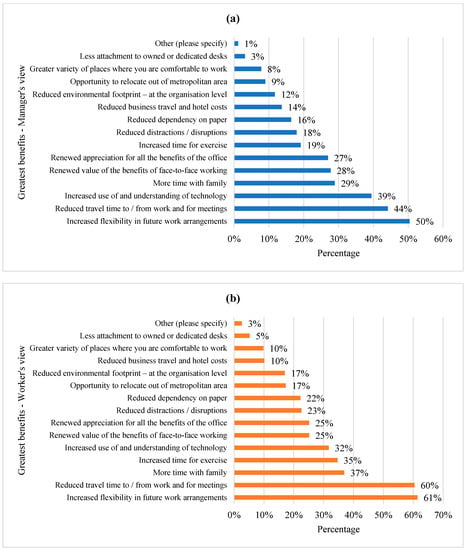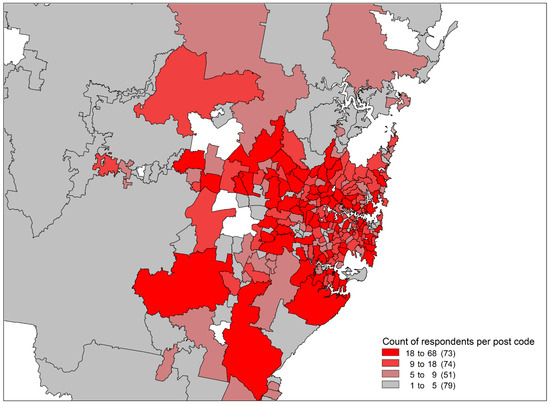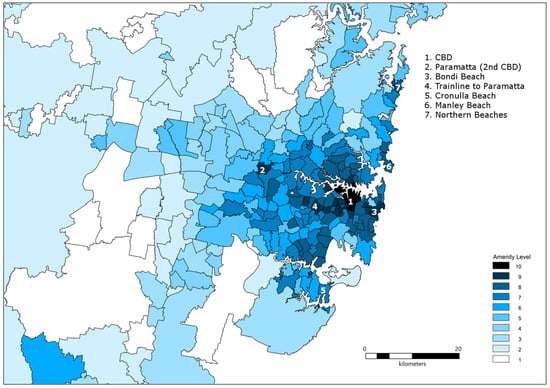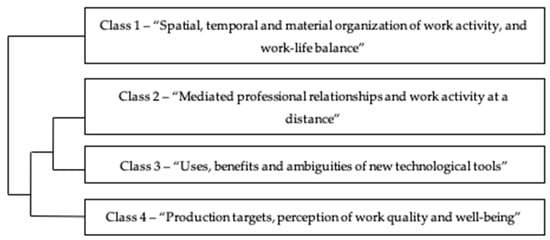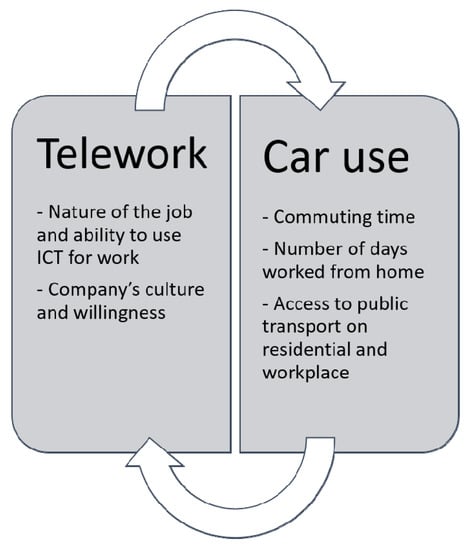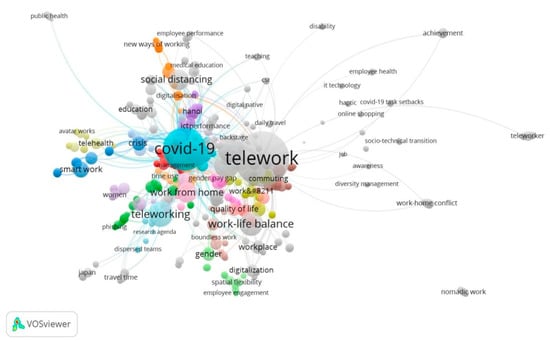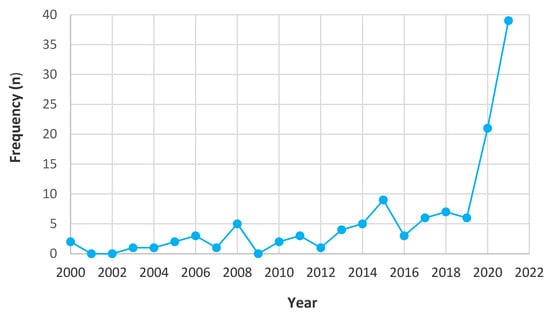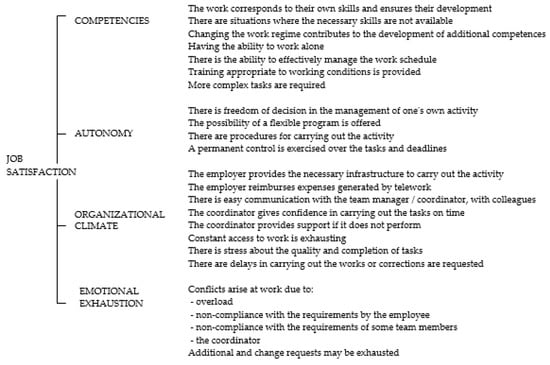Telework and Its Implications for Sustainability
A topical collection in Sustainability (ISSN 2071-1050).
Viewed by 37814Editors
Interests: urban sustainability; climate adaptation; circular economy; urban regeneration; resilient cities
Special Issues, Collections and Topics in MDPI journals
Topical Collection Information
Dear Colleagues,
Teleworking is a term used to describe work that is performed remotely, rather than from a fixed office or place of employment. It dates back to the mid-1970s and the early work of Jack Nilles. This ability for workers to conduct some, or all, of their work from home, a café, a library or a co-working space closer to where they live, instead of commuting to an office in the city, was identified as having significant potential for reducing urban congestion, and a range of attendant social, economic, and environmental benefits. However, despite the rise and increasing sophistication of digital technologies over the past 20 years, as well as the tools required to conduct many work tasks becoming more ubiquitous, telework was still not widely adopted before COVID-19.
The current pandemic and the associated lockdowns have proven to be a game-changer for teleworking, with government and organisations around the world forced into adopting it as a means to ensure business continuity during strict pandemic restrictions, in what has been widely dubbed “the world’s biggest work-from-home experiment”. Whilst this shift was involuntary and unplanned, many positive environmental, cultural, economic and social sustainability outcomes have been experienced as a result. With a vaccine rollout already underway, society, governments and organisations are planning their post-pandemic future, but what will this mean for these new sustainability gains?
Will governments and organisations aim to “bounce back” to the way they operated before the pandemic, or will they “bounce forward” and learn from their recent experiences, to design new ways of working that preserve many of these sustainability gains?
The purpose of this Topical Collection is to offer critical analysis, of a range of the sustainability benefits that have been experienced as a result of the sudden increase in teleworking, and propose how these benefits might be maintained long after pandemic restrictions have been lifted.
Potential topics include, but are not restricted to, how increased telework has impacted:
- Non-essential work travel;
- Greenhouse gas emissions and air quality;
- Urban congestion and transport planning;
- Energy and water use;
- Regionalisation and changes in settlement patterns;
- Resilient utilities and infrastructure;
- Urban planning and preferred urban form;
- Housing and amenities;
- Health and wellbeing risks and benefits;
- Socio-economic equity;
- Gender equality;
- Work–life balance;
- Jobs, productivity and innovation;
- Road safety and future mobility.
Dr. Magnus Moglia
Prof. Dr. John Hopkins
Collection Editors
Manuscript Submission Information
Manuscripts should be submitted online at www.mdpi.com by registering and logging in to this website. Once you are registered, click here to go to the submission form. Manuscripts can be submitted until the deadline. All submissions that pass pre-check are peer-reviewed. Accepted papers will be published continuously in the journal (as soon as accepted) and will be listed together on the collection website. Research articles, review articles as well as short communications are invited. For planned papers, a title and short abstract (about 100 words) can be sent to the Editorial Office for announcement on this website.
Submitted manuscripts should not have been published previously, nor be under consideration for publication elsewhere (except conference proceedings papers). All manuscripts are thoroughly refereed through a single-blind peer-review process. A guide for authors and other relevant information for submission of manuscripts is available on the Instructions for Authors page. Sustainability is an international peer-reviewed open access semimonthly journal published by MDPI.
Please visit the Instructions for Authors page before submitting a manuscript. The Article Processing Charge (APC) for publication in this open access journal is 2400 CHF (Swiss Francs). Submitted papers should be well formatted and use good English. Authors may use MDPI's English editing service prior to publication or during author revisions.
Keywords
- telework
- remote work
- hybrid work
- sustainability transitions
- urban resilience
- urban regeneration






